Ruin & Want interview excerpt, pt. 2
Continuing sharing excerpts from my Sundress Publications interview with Izzy Astuto. Here, I go off at length at the process of entangling myself in the project, navigating trauma and self-work, and then having to find my way out via the final draft.
Do consider pre-ordering if you’re able and interested. Either way, enjoy my rambling route and stay tuned for more!
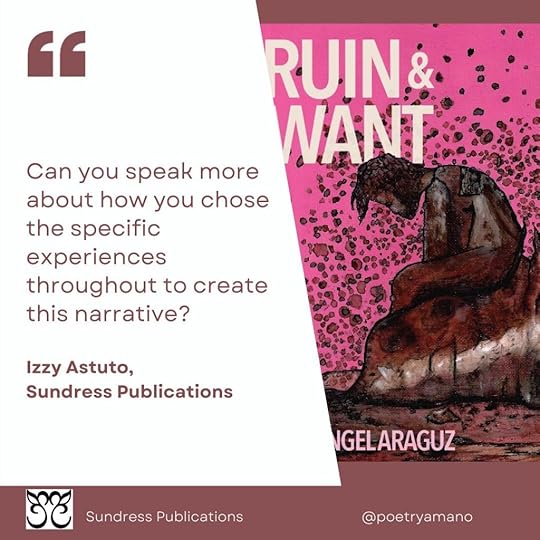
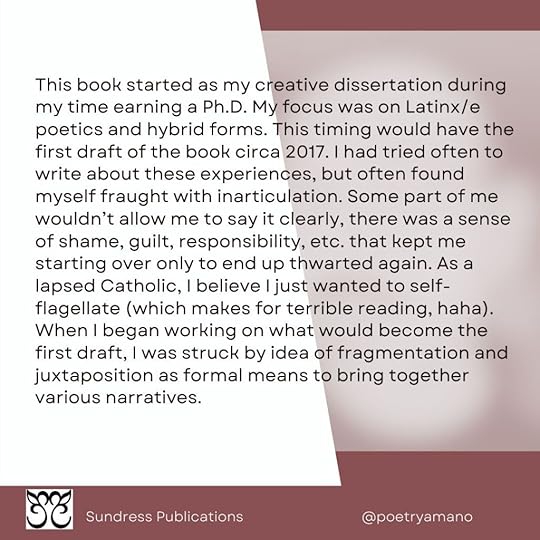
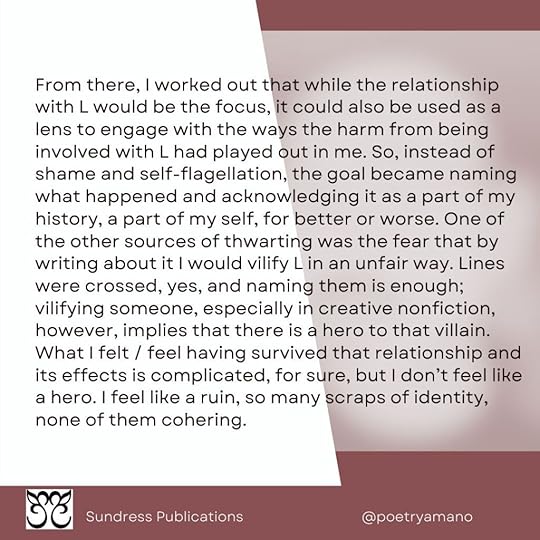
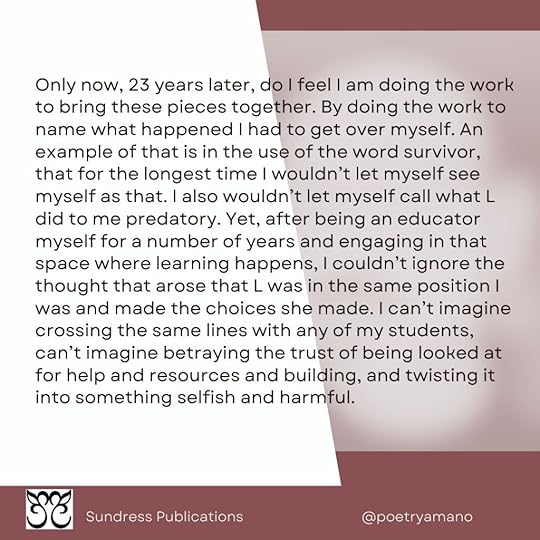
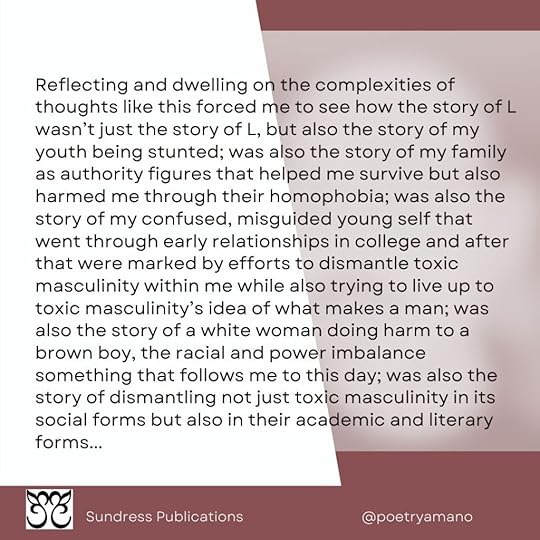
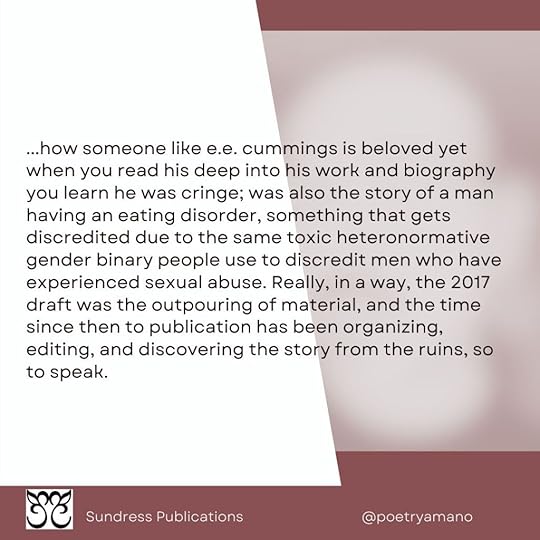
Izzy Astuto: Can you speak more about how you chose the specific experiences throughout to create this narrative?
José: This book started as my creative dissertation during my time earning a Ph.D. My focus was on Latinx/e poetics and hybrid forms. This timing would have the first draft of the book circa 2017. I had tried often to write about these experiences, but often found myself fraught with inarticulation. Some part of me wouldn’t allow me to say it clearly, there was a sense of shame, guilt, responsibility, etc. that kept me starting over only to end up thwarted again. As a lapsed Catholic, I believe I just wanted to self-flagellate (which makes for terrible reading, haha). When I began working on what would become the first draft, I was struck by idea of fragmentation and juxtaposition as formal means to bring together various narratives.
From there, I worked out that while the relationship with L would be the focus, it could also be used as a lens to engage with the ways the harm from being involved with L had played out in me. So, instead of shame and self-flagellation, the goal became naming what happened and acknowledging it as a part of my history, a part of my self, for better or worse. One of the other sources of thwarting was the fear that by writing about it I would vilify L in an unfair way. Lines were crossed, yes, and naming them is enough; vilifying someone, especially in creative nonfiction, however, implies that there is a hero to that villain. What I felt / feel having survived that relationship and its effects is complicated, for sure, but I don’t feel like a hero. I feel like a ruin, so many scraps of identity, none of them cohering.
Only now, 23 years later, do I feel I am doing the work to bring these pieces together. By doing the work to name what happened I had to get over myself. An example of that is in the use of the word survivor, that for the longest time I wouldn’t let myself see myself as that. I also wouldn’t let myself call what L did to me predatory. Yet, after being an educator myself for a number of years and engaging in that space where learning happens, I couldn’t ignore the thought that arose that L was in the same position I was and made the choices she made. I can’t imagine crossing the same lines with any of my students, can’t imagine betraying the trust of being looked at for help and resources and building, and twisting it into something selfish and harmful.
Reflecting and dwelling on the complexities of thoughts like this forced me to see how the story of L wasn’t just the story of L, but also the story of my youth being stunted; was also the story of my family as authority figures that helped me survive but also harmed me through their homophobia; was also the story of my confused, misguided young self that went through early relationships in college and after that were marked by efforts to dismantle toxic masculinity within me while also trying to live up to toxic masculinity’s idea of what makes a man; was also the story of a white woman doing harm to a brown boy, the racial and power imbalance something that follows me to this day; was also the story of dismantling not just toxic masculinity in its social forms but also in their academic and literary forms…
…how someone like e.e. cummings is beloved yet when you read his deep into his work and biography you learn he was cringe; was also the story of a man having an eating disorder, something that gets discredited due to the same toxic heteronormative gender binary people use to discredit men who have experienced sexual abuse. Really, in a way, the 2017 draft was the outpouring of material, and the time since then to publication has been organizing, editing, and discovering the story from the ruins, so to speak.
More tomorrow!
José



